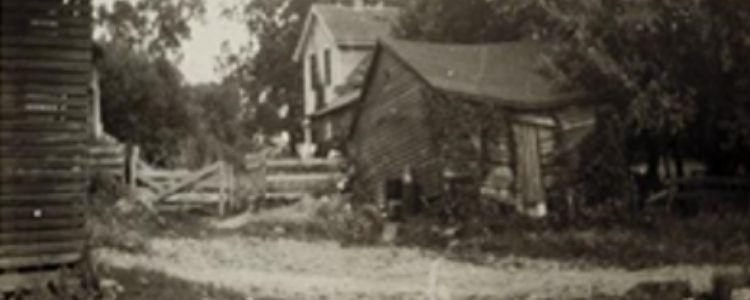Ebenezer’s fortune was $4,000, the proceeds of the sale of a mercantile business which he had formerly conducted at Galena, IL. His first prospecting met with no reward until after several months of hard work, his funds were all exhausted. Without accomplishing anything, he would have been forced to give up. Luckily for Ebenezer, a friend come to his rescue and supplied him with funds to continue his work forever changing the history of Wisconsin.
Ebenezer bought a couple of plots of land and built a log cabin on the eastern Blue Mound. This made him the first permanent European settler in Dane County. Although there was no Dane County or even a Wisconsin, it was the Michigan Territory at that time.
In 1849, he was described as “a man of rare modesty, unsullied reputation, possessing a strong and retentive memory, and who is really a living history of the ‘life and times’ of the very first settlers.”
He built a building near his mines, which became the first public house in the town known as “Brigham’s Place”. It was never short of laborers or customers. “Brigham’s Place” became popular with travelers on the Old Military Road. His home was used as a trading post, stagecoach stop, and post office. Before Brigham, the only food supply was from Galena, Illinois.

